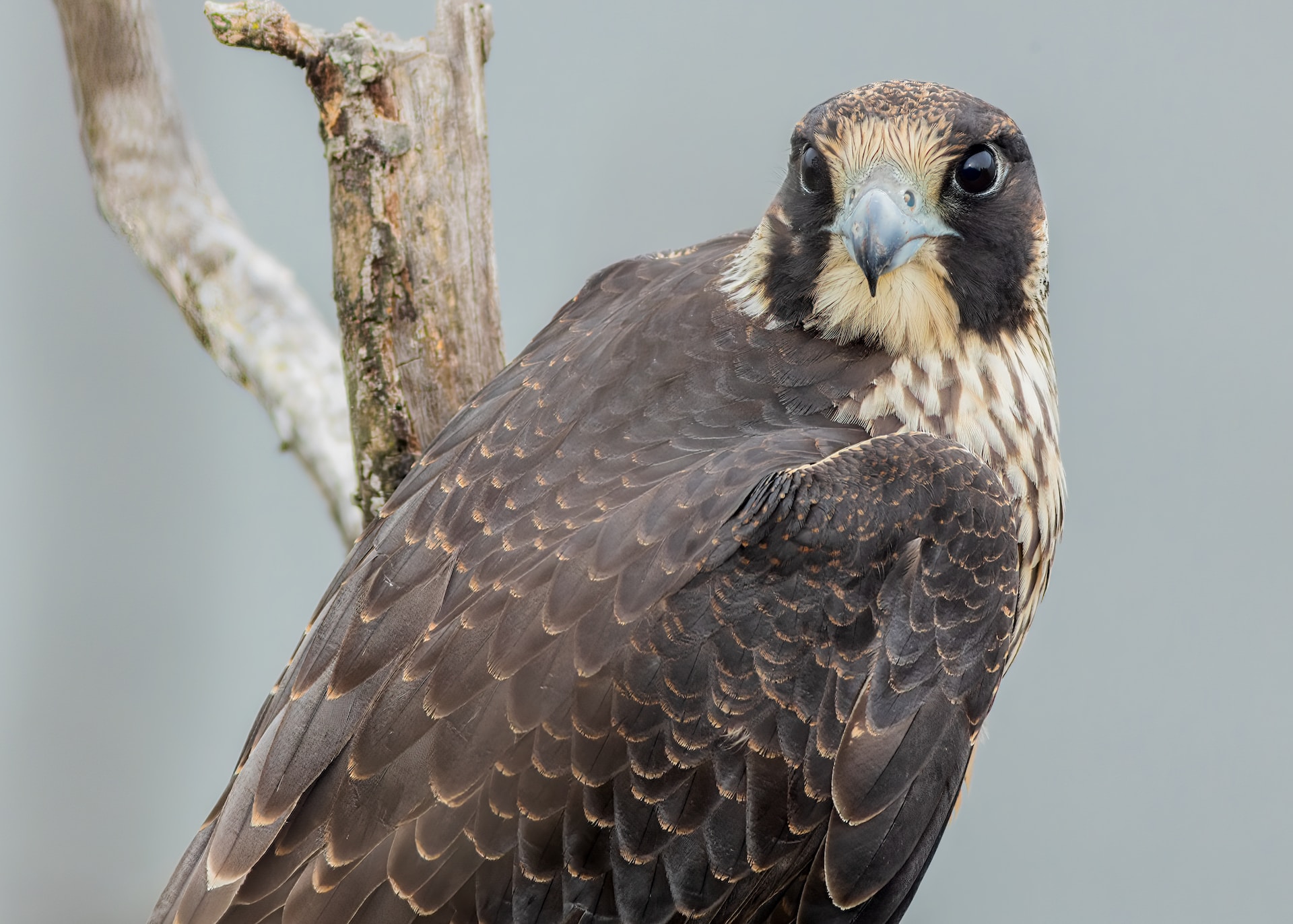
Peregrine Falcons are among the most iconic birds of prey, known for their speed, agility, and spectacular hunting tactics. However, like many other species, peregrine falcons are facing an uphill battle for survival as the climate changes at an unprecedented rate.
Peregrine falcons typically breed in high, rocky cliffs and hunt for prey, such as pigeons and other birds, by diving at speeds of up to 240 miles per hour. Their natural habitat is vulnerable to the impacts of climate change, which are causing changes in temperature, precipitation, and wind patterns. These changes can disrupt the food chain and breeding patterns of falcons and other animals, leading to population declines and even extinction.
One of the main challenges for peregrine falcons is the loss of their prey species due to climate change. For example, as temperatures rise, many bird species are shifting their ranges to follow their food sources, meaning that peregrine falcons may struggle to find enough prey in their preferred hunting grounds. Additionally, changes in wind patterns can affect the flight behavior of both falcons and their prey, making it more difficult for falcons to catch their dinner.
Another issue related to climate change is the loss of breeding habitat for peregrine falcons. As temperatures rise, the snowmelt patterns that provide water for the birds’ nesting areas are changing, leading to drier conditions and reduced food availability. In some regions, such as the Arctic, the melting of sea ice is causing a decline in the number of birds and other prey species that falcons rely on for food.
Other threats to peregrine falcon populations include habitat loss, pollution, and hunting, which are exacerbated by climate change. For example, as urbanization and development continue to expand, the availability of suitable nesting and hunting sites for falcons is shrinking, making it harder for them to find safe places to breed and hunt. Additionally, pollution from pesticides and other chemicals can affect the health of both falcons and their prey, making it harder for the birds to survive.
Despite these challenges, there are still reasons for hope. Peregrine falcon populations have rebounded in many regions, thanks in part to conservation efforts such as reintroduction programs and habitat restoration projects. Additionally, research into the biology and behavior of the birds is helping scientists to understand their needs and develop new strategies for protecting them.
Ultimately, the survival of peregrine falcons and other species will depend on our ability to address the root causes of climate change and reverse its effects. By taking action to reduce greenhouse gas emissions, protect and restore natural habitats, and support conservation efforts, we can help ensure that these majestic birds continue to thrive for generations to come.
Comments
Post a Comment